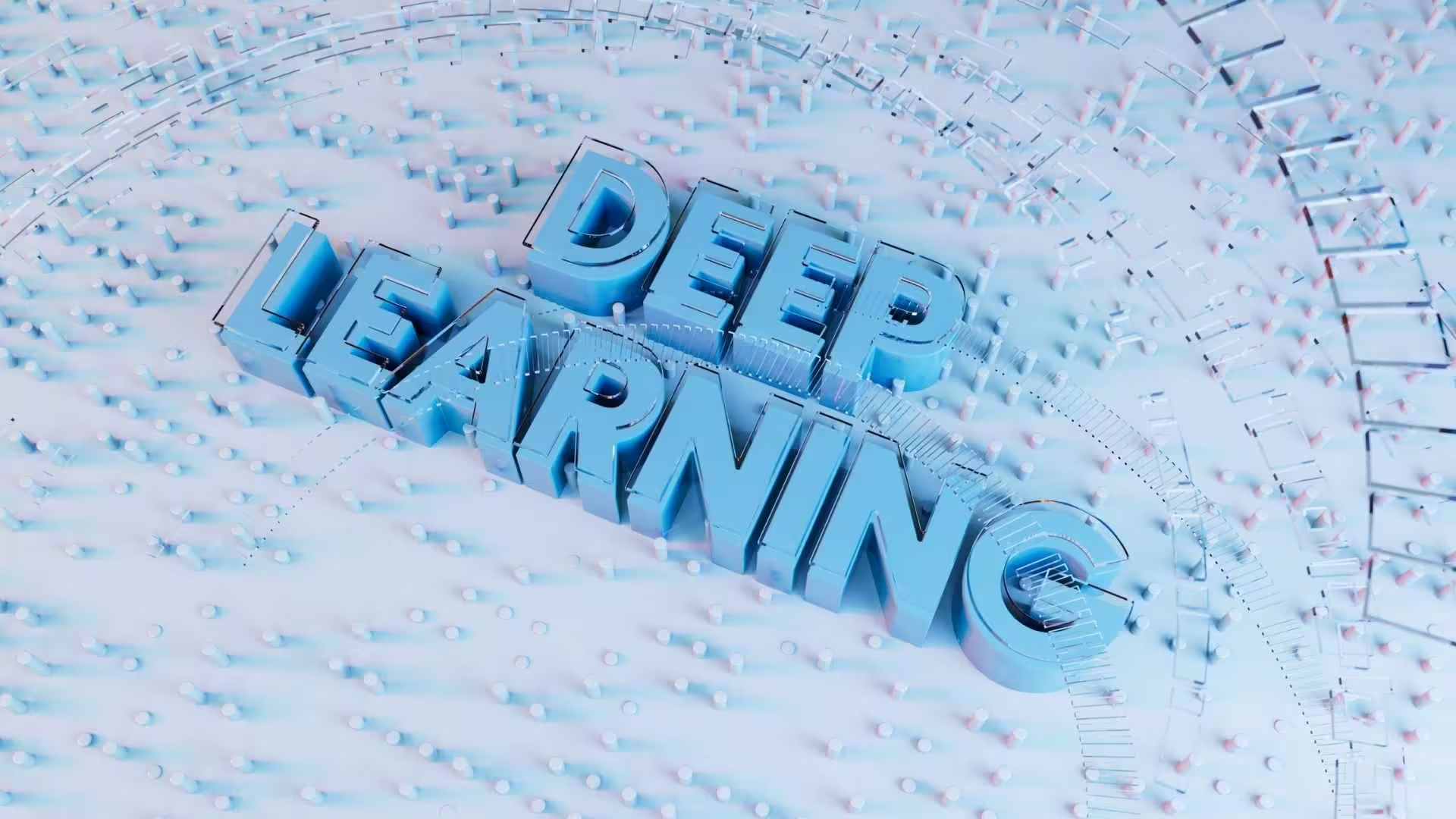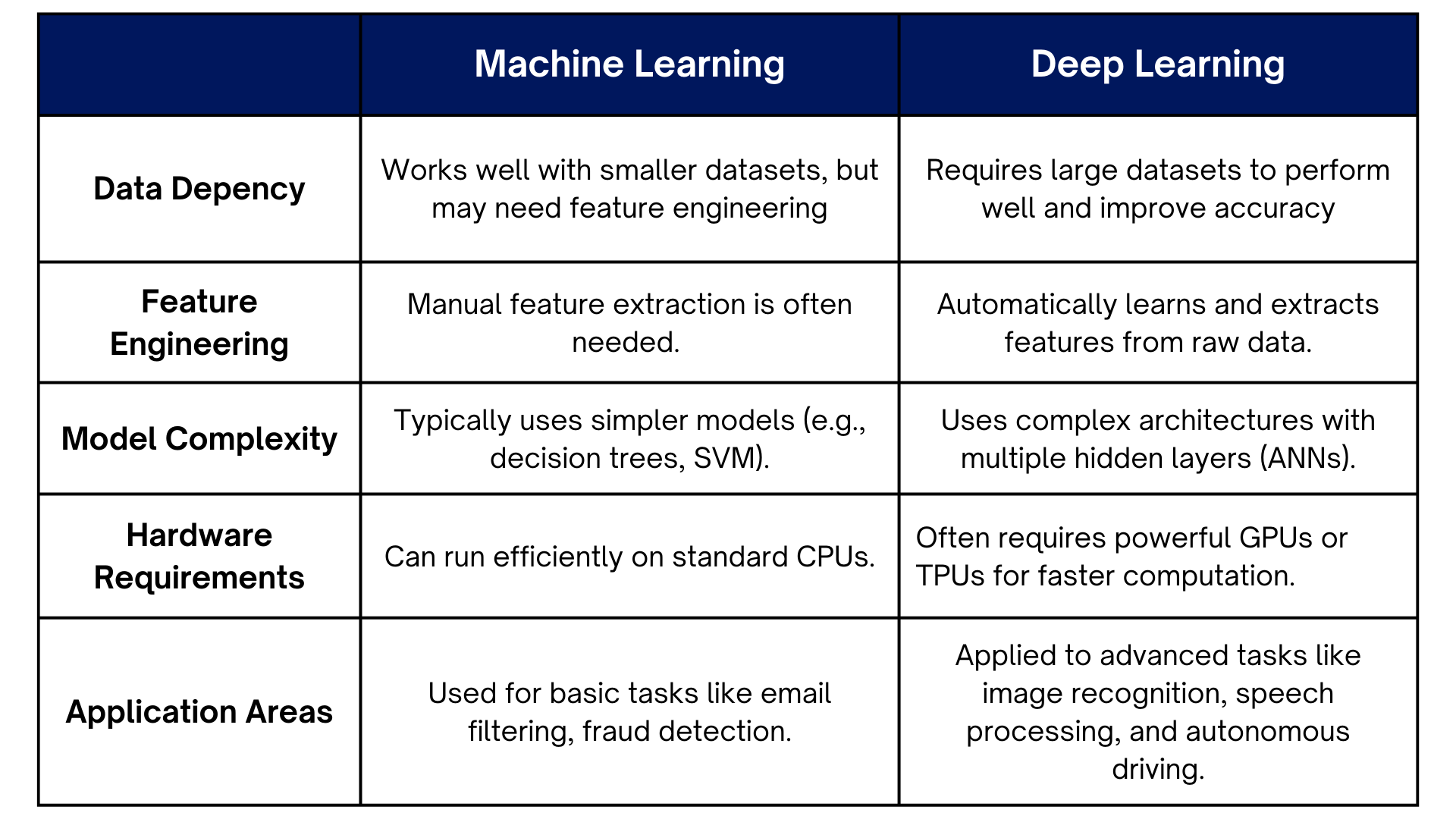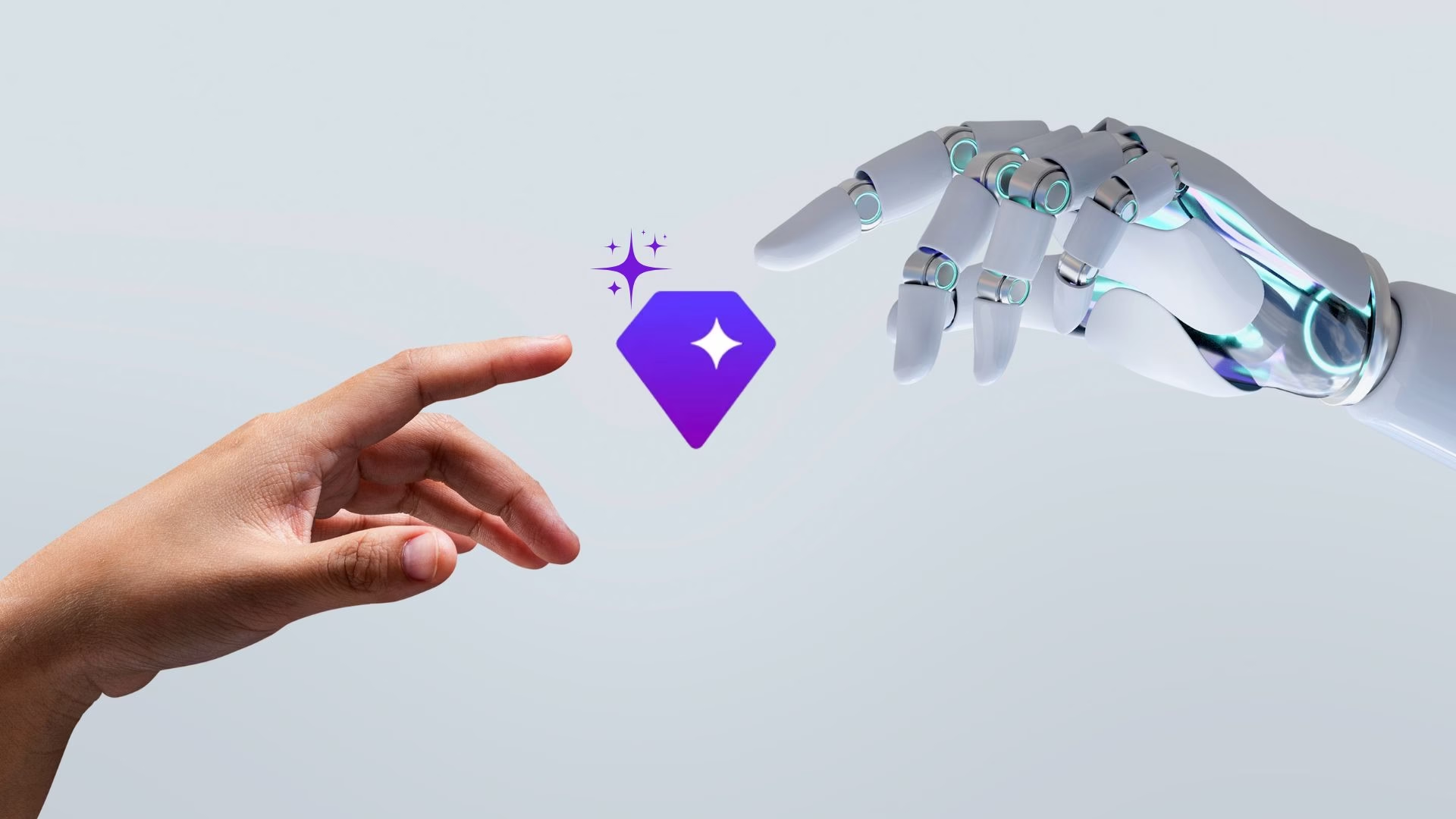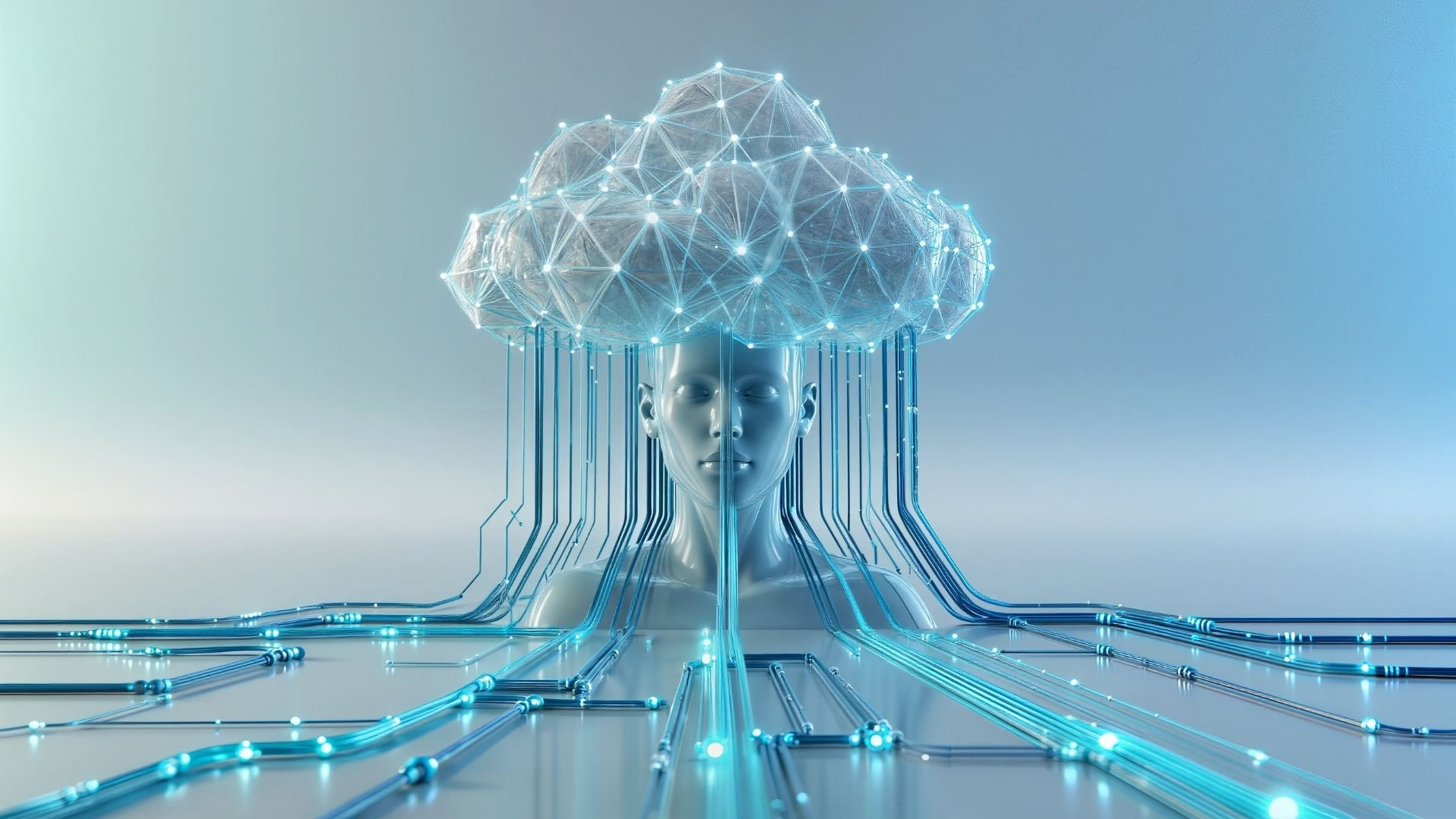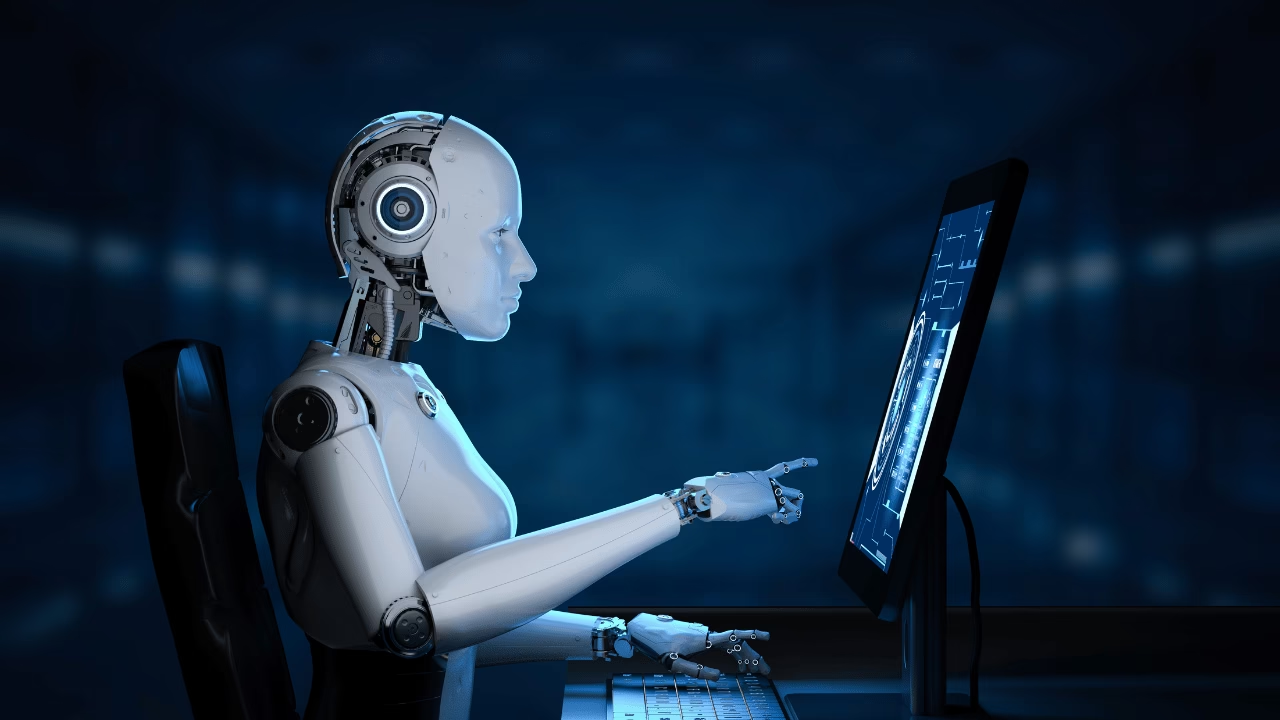Kickstart Your Journey with SAP Artificial Intelligence: Part 3 -Basics of Deep Learning
Introduction
By now, you’ve already learned about Artificial Intelligence (AI) and Machine Learning (ML). You understand how AI can help a robot find your lost toy and how ML lets it learn from examples. Now, we’re going to dive even deeper into a special kind of Machine Learning that is Deep Learning.
So, if Machine Learning is like teaching a robot to recognize your toys, then Deep Learning is like giving that robot a superpower—it can learn to recognize anything by itself, just by looking at lots of examples, even without you having to explain what each thing is. Let’s explore how this works!
This 7 part blog series is designed for anyone who wants to start learning about SAP AI. No matter what your job is or what you do, understanding the basics of Generative AI how it connects to SAP is a smart choice.
In this blog series, we’ll break down SAP AI into easy-to-understand parts, covering one step at a time.
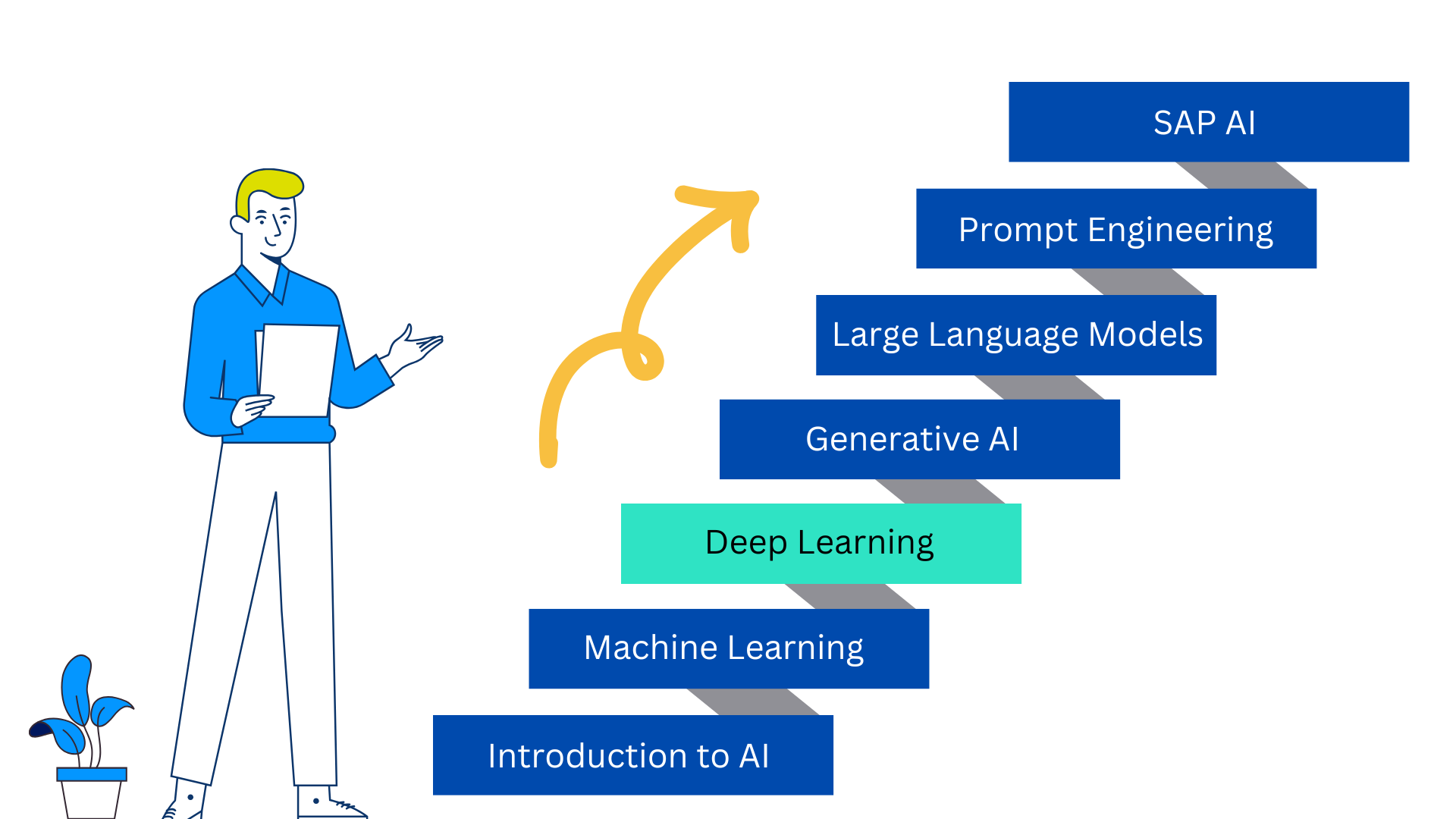
Part 1 — Introduction to AI
Part 2 — What is Machine Learning?
Part 3 — Basics of Deep Learning [Current Blog]
Part 4 — Getting Started with Generative AI
Part 5 — What Are Large Language Models (LLMs)?
Part 6 — Prompt Engineering: How to Communicate with AI
Part 7 — Introduction to SAP AI
What is Deep Learning?
Imagine if a machine could learn just like you do! That was the big idea behind creating something called “Deep Learning.”
Deep Learning is a special kind of machine learning, which is part of something even bigger called Artificial Intelligence (AI). It’s like teaching a computer how to think a little bit like a human brain!
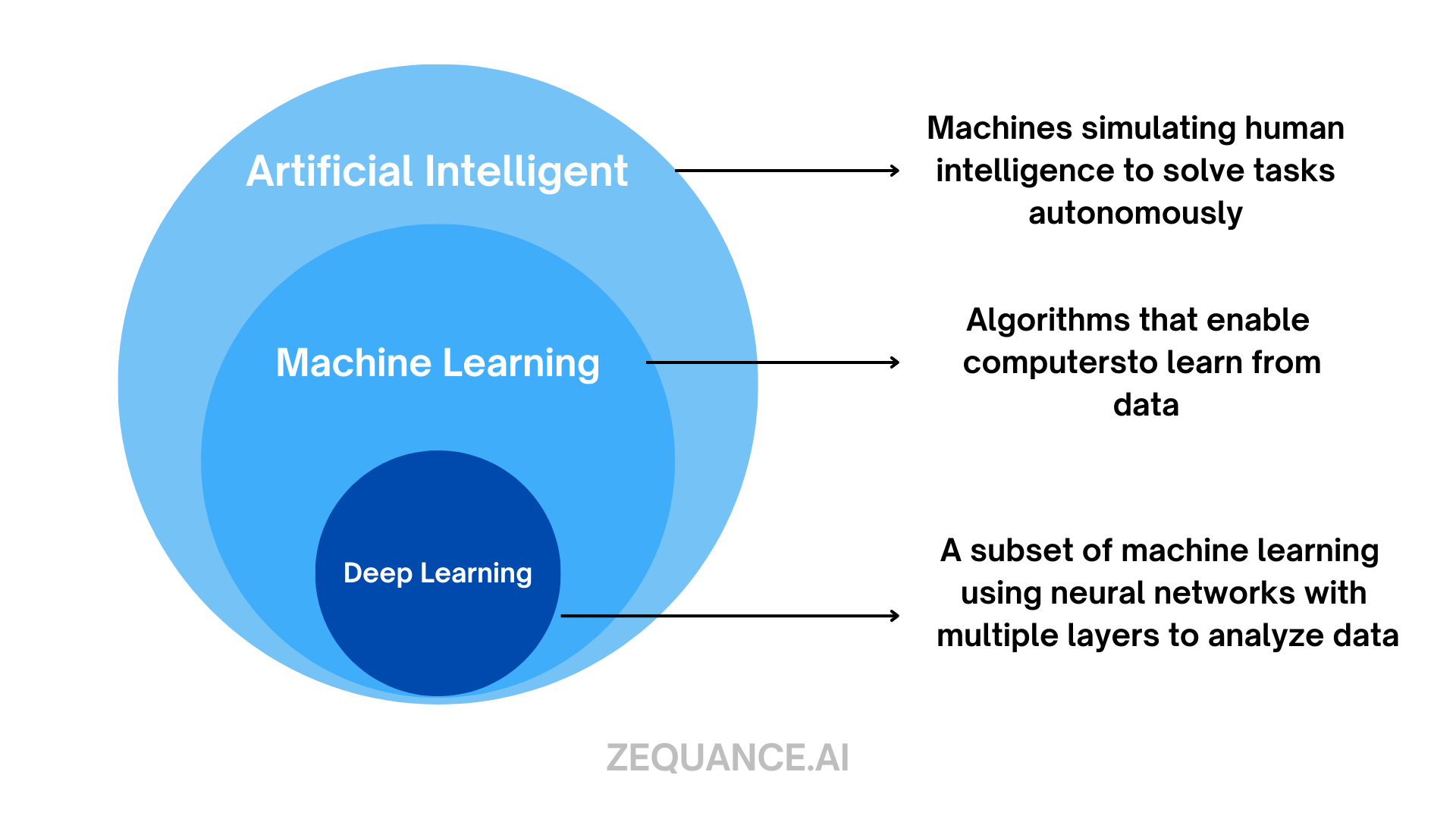
Deep learning uses something called an Artificial Neural Network (ANN), which works a bit like how our brains connect and think. These networks help machines recognize patterns, solve problems, and even make decisions, just like we do when we learn new things!
First, lets understand a few important concepts,
Biological Neural Network in the Human Brain
The human brain is like a supercomputer! Its most important building blocks are called neurons. There are billions of neurons in our brain, all connected, forming a neural network. Think of it like a giant web of wires, where each wire passes signals between different points.
Neurons take in inputs from everything we experience—what we see, hear, or even feel—and send messages to other neurons. These messages help us think, react, and most importantly, learn new things!

Artificial Neural Network (ANN)
Let’s simplify an Artificial Neural Network by imagining a classroom of students working together on a big project. Each student in the class represents a neuron, and they all have to talk to each other to complete the project.
Each student gets some information (like a task or a question) from the teacher. They work on it and then pass their answer to the next student. Some students do simple tasks, while others work on more complex parts. In the end, the final student collects all the information and presents the complete solution.
The information the students pass around is like data, and the students are like neurons in the ANN.
Architecture of an Artificial Neural Network
Now, let’s break down the layers of this “classroom network”:
- Input Layer: This is like the teacher handing out a task to the students. It’s where the network gets its initial information, such as an image, sound, or data.
- Hidden Layers: These are the students in the middle who discuss and solve parts of the task. They don’t talk directly to the teacher but share their work with each other. These layers are where most of the problem-solving happens, just like how the brain thinks through a problem.
- Output Layer: This is like the final student presenting the finished project to the teacher. It gives the answer, whether it’s identifying a picture or making a prediction.
 In a Nutshell:
In a Nutshell:
- Input Layer: Where the network receives the problem or data to solve.
- Hidden Layers: Where the network thinks, processes the data, and finds patterns, like students discussing and solving tasks together.
- Output Layer: Where the network gives its final answer or decision, like a student presenting the solution.
By thinking of an ANN as a classroom where students (neurons) collaborate to solve a problem, it becomes easier to understand how deep learning works!
How Does an Artificial Neural Network Work?
Imagine a group of students trying to identify a type of fruit by sharing their observations.
Each student focuses on specific features, such as color, shape, and texture.
Individually, they might not fully figure out what fruit it is, but by combining their insights, they can arrive at a collective understanding.
In the world of artificial neural networks, these students represent neurons.
In an artificial neural network, individual neurons (like the students) specialize in recognizing specific aspects of the input. When combined, they contribute to recognizing the overall object (like the fruit). The network improves over time, just as the students get better at identifying fruits with more practice.
Input Layer (Observation):
Each student observes one detail—such as the color, roundness, or smoothness of the fruit—forming the input layer of our network.
Hidden Layers (Processing):
The students then discuss their observations with each other, simulating the hidden layers of a neural network. By sharing and refining the information, they build a more complete picture of the fruit’s features.
Output Layer (Recognition):
Finally, they reach a conclusion by combining all the details. If most agree that the fruit is an apple, they say, “It’s an apple!” This corresponds to the output layer, where the network gives its final decision.
Scoring Approach:
To improve their fruit recognition skills, the students keep track of their accuracy.
If they correctly identify an apple, they earn points. If not, they learn from their mistakes and adjust their approach next time. Similarly, in a neural network, a scoring approach is used to adjust the network’s parameters to improve its accuracy over time.
This teamwork illustrates how artificial neural networks process information step by step, learning from various features and refining their understanding through each attempt.
Deep Neural Networks
A Deep Neural Network (DNN) is a type of Artificial Neural Network (ANN) that has multiple layers between the input and output.
The term “deep” means it contains several layers, which allows it to learn more complex patterns compared to a simpler network.
Key Points about Deep Learning
Let’s summarize some important concepts about Deep Learning:
Subset of Machine Learning (ML)
Deep learning is a part of machine learning, which itself is a subset of artificial intelligence (AI). Think of AI as the largest circle, with machine learning and deep learning as smaller circles within it.
Inspired by the Human Brain
Deep learning uses artificial neural networks, which are designed based on how the human brain works. Just as our brains process information through neurons, these networks process data through nodes.
Artificial Neural Networks (ANN)
An ANN is a computational system that mimics the way biological neural networks function in the human brain. The network consists of layers of interconnected nodes (like neurons) that pass information to each other.
Deep Neural Networks
The term “deep” refers to the multiple layers used in the network. Deep neural networks use several hidden layers, which allow the system to understand more complicated patterns, like recognizing an object in a photo or translating languages.
Learning from Data
Deep neural networks learn by being exposed to large amounts of data. The network adjusts the connections between its nodes based on how close its predictions are to the correct answers. For example, if the network is trying to identify animals in pictures, it learns to improve with each image it sees.
Solving Complex Problems
Deep learning is especially useful for handling difficult tasks, such as recognizing speech, analyzing images, or detecting anomalies, where traditional methods may struggle to succeed.
Machine Learning vs Deep Learning
- Machine Learning (ML) is a subset of AI that focuses on enabling machines to learn from data without being explicitly programmed. It typically relies on simpler algorithms and may require manual feature extraction.
- Deep Learning (DL), on the other hand, is a more advanced subset of ML, utilizing multi-layered artificial neural networks to automatically extract and learn features from large datasets, making it highly effective for complex tasks like image recognition and natural language processing.
Become SAP AI Ready
in 1 Week
SAP AI Masterclass
- Crafted by Ex-SAP Employees
- Rated 4.2/5 by 1000+ SAP Professionals
- Lifetime Access + Free Updates
- Includes SAP AI Certification Practice Test
Start Learning
Summary
in 1 Week
- Crafted by Ex-SAP Employees
- Rated 4.2/5 by 1000+ SAP Professionals
- Lifetime Access + Free Updates
- Includes SAP AI Certification Practice Test
In this blog, we explored what deep learning is and how it functions. Deep learning gets its name from the multiple layers in its neural networks, similar to the way the human brain processes information through layers of interconnected neurons. Each layer adds to a deeper understanding of the data it handles.
From recognizing images and understanding speech to powering voice assistants and self-driving cars, deep learning has proven to be highly effective at solving complex problems across various fields.
🤔 What if the smartest career move you make this year is learning SAP AI? Discover the SAP AI Masterclass on Udemy (crafted by Ex-SAP Employees)
